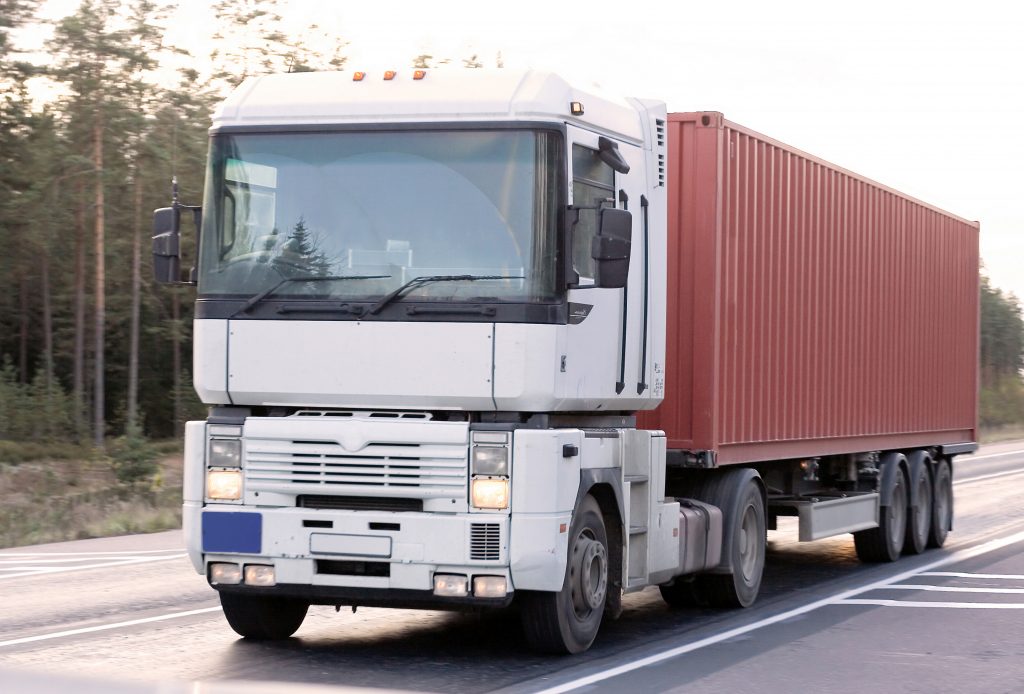
VEHICLE RAMMING ATTACKS
As most of you are aware, using a vehicle to carry out an attack has become a common tactic, especially in the past few years. From 2014 through 2017, terrorists carried out 17 known vehicle ramming attacks worldwide, resulting in 173 fatalities and 667 injuries. The use of large trucks (typically commercial sized vehicles) and other vehicles can cause multiple fatalities and numerous injuries.
Vehicle-ramming attacks are considered simple, in that a perpetrator could carry out such an attack with minimal planning and training. With the simplicity of these attacks, it is likely that terrorist groups will continue to encourage aspiring attackers to conduct these unsophisticated tactics since these types of attacks minimize the potential for premature detection and could inflict mass fatalities if successful. Furthermore, events that draw large groups of people—and thus present an attractive vehicle ramming target—are usually scheduled and announced in advance, which greatly facilitates attack planning and training activities.
Commercial sized vehicles are the prime vehicle of choice as they present an attractive mechanism for vehicle ramming attacks because of the ease with which they can penetrate security barriers and the large-scale damage they can inflict on people and infrastructure. Additionally, commercial trucks and buses are plentiful and routinely arouse little to no suspicion because of the exceptional access they have to structures and activity centers.
There are several indicators that may suggest terrorists are planning a vehicle ramming attack. Although a single indicator may not always warrant suspicion, one or more indicators might indicate an imminent attack, based on specific facts or circumstances. It is also important to note that a vehicle ramming attack can occur with little to no warning. Individuals should be aware of the following potential indicators:
- Unusual and unexplained modifications to commercial motor vehicles, such as attempts to reinforce the front of the vehicle with metal plates.
- The purchase, rental, or request for temporary use of commercial motor vehicles, if accompanied by typical indicators such as nervousness during the purchase, paying in cash, or lack of familiarity with the vehicle’s operations.
- Attempts by a commercial vehicle driver to unnecessarily or unlawfully infiltrate areas where crowds are gathered.
- Commercial motor vehicles being operated erratically, at unusual times, or in unusual locations, particularly in heavy pedestrian areas.
- Presentation of altered or questionable driver’s license, proof of insurance, credit cards, or other required documents when purchasing or renting vehicles.
- Suspicious behavior on the part of a vehicle trainee, such as lack of interest in what type of work they will do, what route they will drive, or how much they will be paid.
The greatest countermeasure to would-be terrorists is one of the least-intrusive and lowest-cost means available and that is security awareness. Individuals who both remain alert to potential threats and report suspicious activities to appropriate authorities are the most effective means of detecting acts of terrorism by a commercial vehicle. If see something, say something!
No community, large or small, rural or urban, is immune to attacks of this kind by organized or “lone wolf” terrorists. Good security is good business. Individuals should be encouraged to take an active role in protecting their business and/or their community from any and all potential threats.
Reference:
Department of Homeland Security, Transportation Security Administration
“Vehicle Ramming Attacks: Threat Landscape, Indicators and Countermeasures
